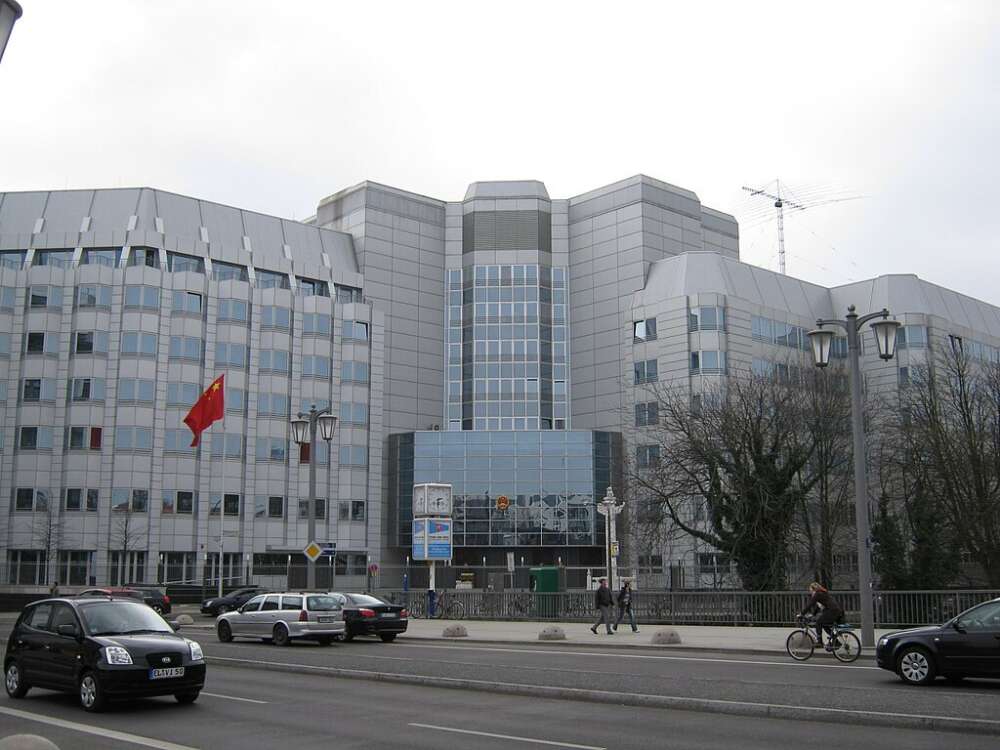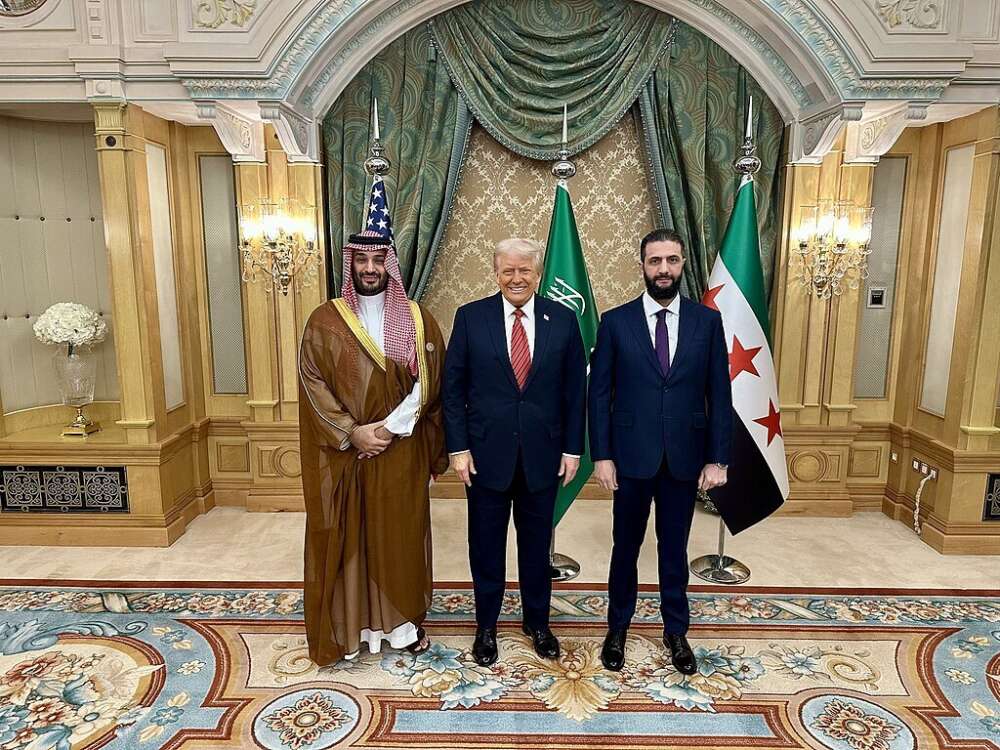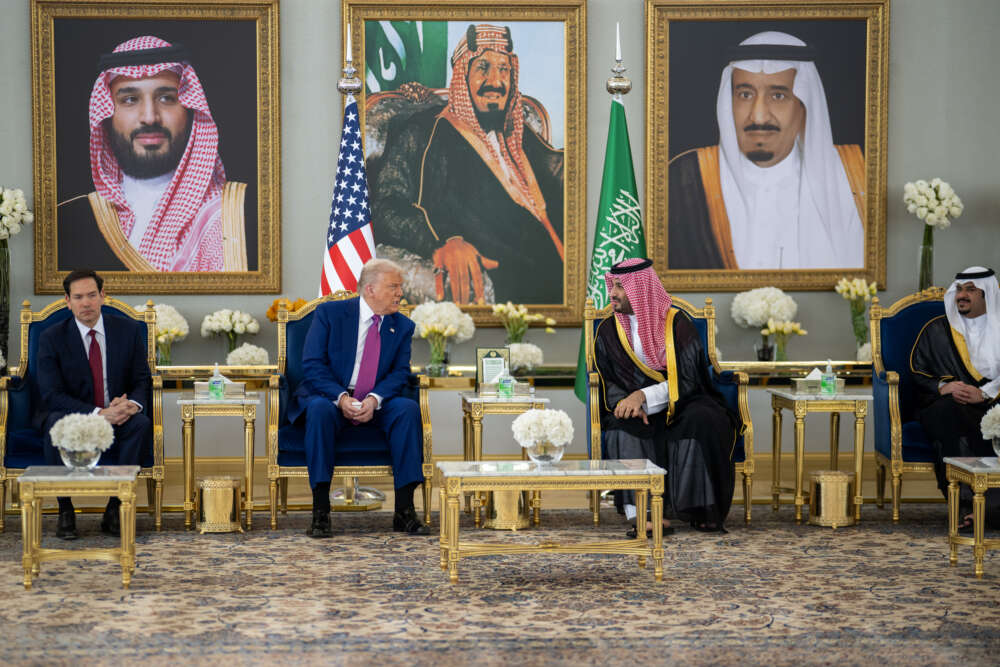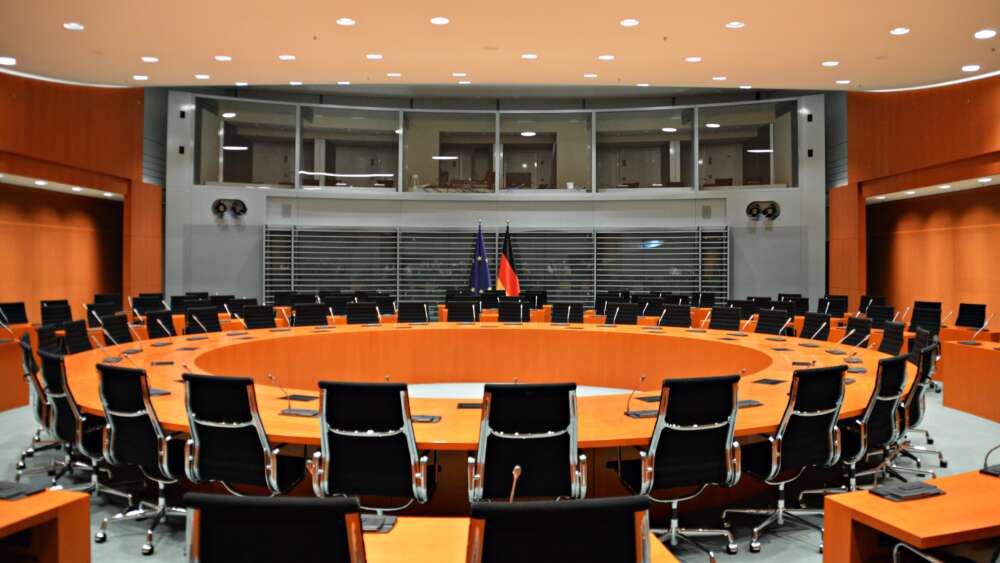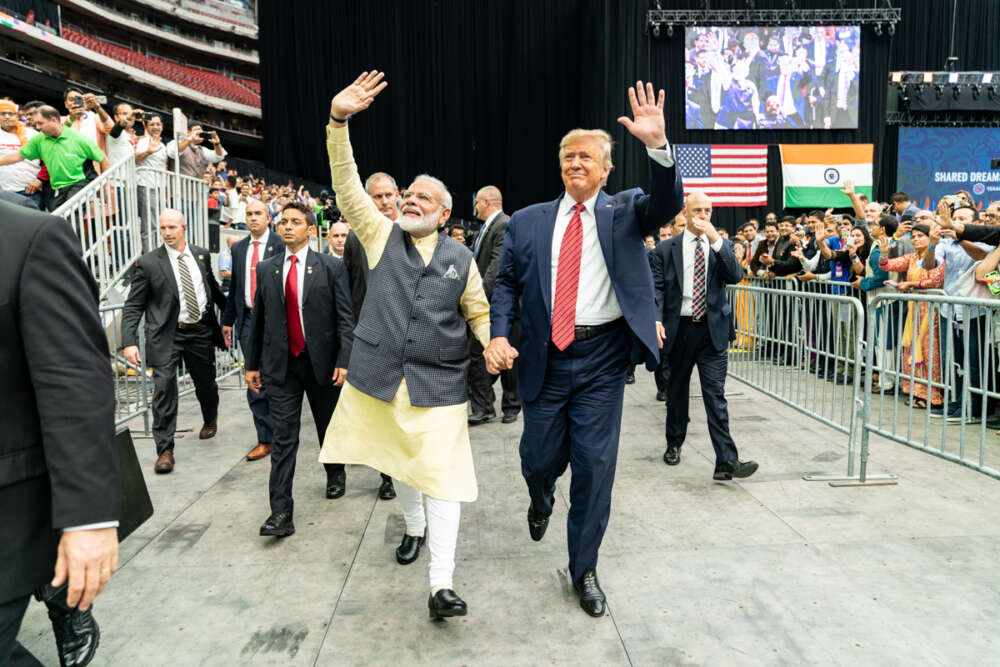Germany Has Stepped Up on Ukraine. Can It Also Lead on Upgrading Europe's Defense Capabilities?

While there was much apprehension among European commentators leading up to U.S. President Donald Trump’s meeting with Russia’s Vladimir Putin in Alaska last month, a silver lining emerged: for once, Europe managed to present a united front. Germany, in particular, played an important role. Chancellor Friedrich Merz hosted Ukrainian President Volodymyr Zelenskyy for an emergency summit in Berlin beforehand, and organized fellow European leaders to align on priorities about Ukraine leading up to a call with Trump.
Merz appears to be translating his election campaign rhetoric about the need for more prominent German leadership into action. Yet more than 100 days into the new coalition government’s tenure, a more systematic stocktaking is in order. Have Merz and his cabinet achieved their envisaged step change regarding Germany’s role in European security?
Laying the Groundwork for Greater Coherence
Merz’s guiding aspiration for Germany’s international relations has been to deliver a “foreign policy cast from a single mould.” To this end, he made it a priority in the coalition negotiations to fill the seat of foreign minister with his party colleague Johann Wadephul — marking the first time since 1966 that the Chancellor and Foreign Minister both belong to the same party. Wadephul has subsequently appointed state secretaries with strong Russia and NATO expertise. Defence Minister Boris Pistorius — a Social Democrat whose views mostly align with Merz’s agenda — retained his position. Following years of discussion on the matter, the new government also decided to set up a national security council to institutionalize a more cohesive approach, belatedly bringing Germany in line with longstanding practice in France, the United Kingdom, and the United States.
The new coalition has further shifted the national conversation on defense by re-opening discussions on regular military conscription (which has been suspended since 2011). While a policy of expanding voluntary recruitment eventually prevailed over calls — especially from Wadephul — to pre-emptively lock-in mandatory service if personnel targets are not met, Merz’s ambition to expand Germany’s troop strength to at least 260,000 has been largely welcomed. Moreover, the Chancellor and Defence Minister oversaw the long-anticipated stationing of a permanent Bundeswehr brigade in Lithuania, which reinforces the credibility of deterrence on NATO’s Eastern flank and affirms Germany’s immediate stake in averting Russian aggression.
Perhaps most significantly, and in stark departure from past insistence on fiscal thriftiness, Merz also pursued an amendment to Germany’s constitutional “debt brake” within days of his election. Defense-related expenditure beyond one percent of GDP is now exempt from this fiscal rule, which had previously created a hard trade-off with other policy priorities.
Bolstering Support to Ukraine
Free of the “debt brake” constraints, the new administration wasted little time expanding Germany’s already impressive record of providing military aid to Ukraine. On May 28, Pistorius met with his Ukrainian counterpart in Berlin to agree on an aid package worth approximately five billion euros. Further additions have since been made, bringing Germany’s total military support for Ukraine to just under nine billion euros in 2025.
Among the many prospects raised by Merz during his time as opposition leader was the strengthening of Ukraine’s long-range strike capabilities, including its ability to hit military targets in Russia. He repeatedly castigated Scholz for his reluctance to do so, declaring that it forced Kyiv to “fight with its hands tied.” Merz signaled that if he assumed the chancellorship, he would be willing to provide long-range Taurus missiles to Ukraine.
Over 100 days into the new government, however, the much-debated Taurus missiles remain firmly in Germany. Coalition politics may have played a part in this outcome, but the key factor appears to be that Merz, and his party colleagues, have also cooled on the idea. In a recent interview, Wadephul observed that Taurus missiles are “not a technologically simple weapon system that Ukraine can immediately have available.”
Instead, the government has pursued an alternative way to enhance Ukraine’s long-range strike capabilities. In May, it was announced that the German defense industry would supply Ukraine with the components to develop ballistic and cruise missiles with a range of up to 2,500 km. As well as holding less potential for domestic controversy, this move has been seen as bolstering Ukraine’s domestic defense industrial capacity and ultimately reducing its reliance on external support, most notably from the United States.
At the same time, Germany’s efforts to arm Ukraine have further underlined its own dependence on the United States. Many of the coalition government’s recent initiatives have operated according to the so-called “Danish model,” in which Berlin finances purchases from Washington on behalf Kyiv. On August 1, it was announced that Germany would deliver two Patriot air defense systems to Ukraine after reaching an agreement with the United States to buy a further two systems to replenish its own stocks. While this arrangement serves a tactical purpose in sustaining vital support from the White House, it highlights the magnitude of the task of turning Germany and Europe into resilient defense actors in their own right.
Upgrading Europe’s Defense Capabilities
Indeed, it is in durably upgrading Europe’s defense capabilities beyond supporting Ukraine that the new government faces the greatest challenges.
This is no longer primarily a matter of money. The coalition has translated its newly created fiscal space into concrete defense spending commitments, projecting expenses of more than 150 billion euros in 2029 (roughly triple the 2024 budget). Importantly, this was accompanied by the cabinet’s approval of a new law to accelerate Germany’s infamously lengthy defense procurement processes. These steps have similarly allowed Germany to somewhat credibly sign up to meet NATO’s new defense and security spending target of five percent of GDP.
Still, the rearmament effort has been marked by uneven progress and concerns about escalating costs. Coordinated European procurement and defense industrial action have also featured much less prominently than Merz had suggested on the campaign trail, despite the coalition government’s calls (PDF) for “simplification, standardization, and scale.” Germany has supported new EU funding schemes, such as ReArm Europe and SAFE, and has a track record of driving collaborative projects such as the European Sky Shield Initiative. But the new government has not championed concrete proposals on how to better align European processes and procedures at a more systemic level, while many cross-border initiatives struggle to deliver the envisaged progress. The recent handling of disputes among French and German firms involved in the Future Combat Air System (FCAS) was emblematic: Merz and Pistorius managed to contain the diplomatic fallout with their French counterparts, but hardly articulated clear priorities and expectations for the way forward.
The new government’s attention also remains largely focused on restoring classic conventional capabilities. While German defense tech startups like AI-enabled drone unicorn Helsing have recently been drawing international attention, too often ideas on leveraging advances in fields such as biotech and quantum technologies to substantially modernize Germany’s and Europe’s capabilities remain the preserve of futurists without much influence on tangible resource allocation. Although technological dependencies and vulnerabilities are, in parallel, now widely recognized as urgent national security challenges beyond the military realm, these angles are similarly rarely connected.
Encouragingly, Berlin’s “high-tech agenda” includes eliminating obstacles to civilian-military research cooperation as one of nine “levers.” But putting this ambition into practice after decades of deep antipathy to dual-use research will require considerable political and financial capital. Beyond dedicated initiatives along the lines of a European version of America’s Defense Advanced Research Projects Agency (DARPA), Berlin could drive long overdue reforms to improve conditions for deep-tech ventures much more actively. In this regard, imperative financial steps such as a more integrated EU capital market and amended investment allocation rules for insurers and pension funds (PDF) are also backed by an urgent security rationale.
An Opportunity for Greater German Leadership?
As chancellor, Merz is proving that he has the right instincts for Germany to exert greater leadership on European security: he has bolstered military aid to Ukraine and is making progress with structural and fiscal changes that will make this task easier. Looking forward, he should build on the momentum of his recent crisis diplomacy to organize a more determined push to jointly strengthen the continent’s ability to defend itself in a hostile world.
There is a well-rehearsed argument in Berlin that Germany needs less thinking and discussion and more drive to action. This is true up to a point. But action also needs to be guided by compelling ideas. The new government should take the lead on defining Europe’s ambition for a tech-savvy future capability profile and on advancing a defense-industrial ecosystem that can deliver it. Its plan to establish clearer overarching aims and priorities through a revised national security strategy may be a window of opportunity. Stakeholders within Germany, as well as its international partners, should help Merz and his coalition to seize it.
This article was first published by RAND Europe on September 16, 2025.
Ed Bryan and Henri van Soest are Senior Analysts at RAND Europe.

